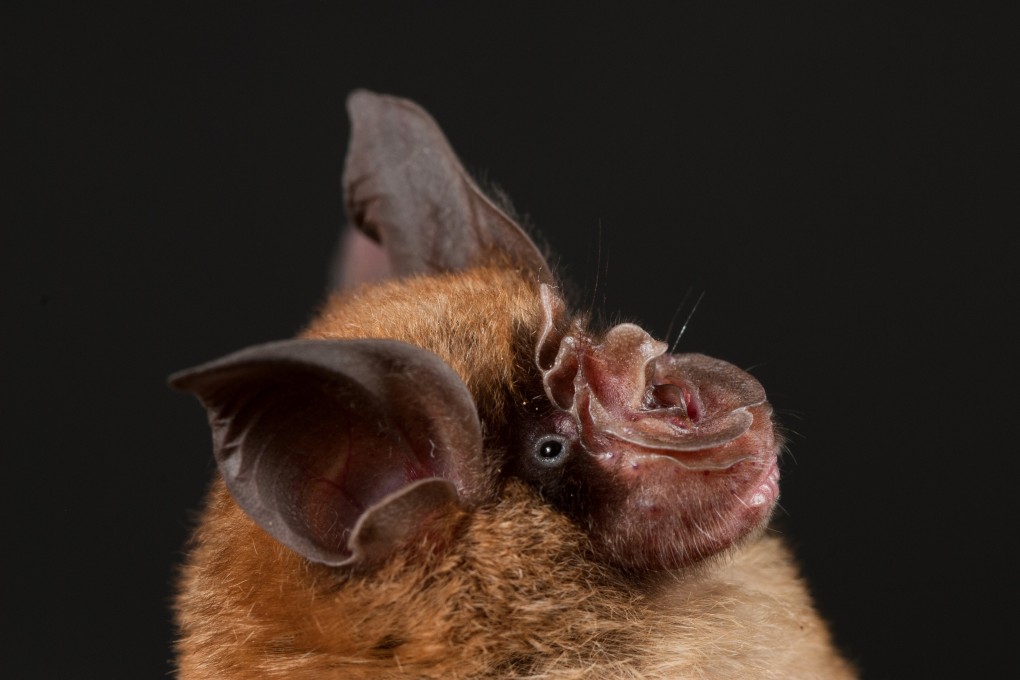Covid-19 origins: Chinese study uncovers over 140 bat coronaviruses but says none linked to pandemic
- Since January 2020, team has tested samples from 4,700 bats in regions across the country, finding close relationship with Sars but not Covid-19
- Scientists suggest viruses considered closest to Sars-CoV-2 are ‘extremely rare’ in bats in China

In a paper uploaded on the preprint server Research Square on Monday, researchers from the Institute of Pathogen Biology in Beijing revealed they had collected and tested samples from more than 4,700 bats in regions across the country since January 2020 adding to the thousands tested since 2016.
The paper is the first to provide key details about the scope of bat sampling to find close ancestors of Sars-CoV-2, the virus that causes Covid-19, conducted since the outbreak was first detected in the central Chinese city of Wuhan in late 2019.
“What it tells us, for all those people saying ‘Is China going to carry on doing this sort of work?’, is well ‘yes’, here’s what they are doing, and not only that, they are going to publish it.”
But the paper’s conclusion contradicts other findings from China: namely, the scientists suggest the viruses considered the closest relatives to Sars-CoV-2 are “extremely rare” in bats in China. Instead, they point to neighbouring regions as fertile ground for these viruses.